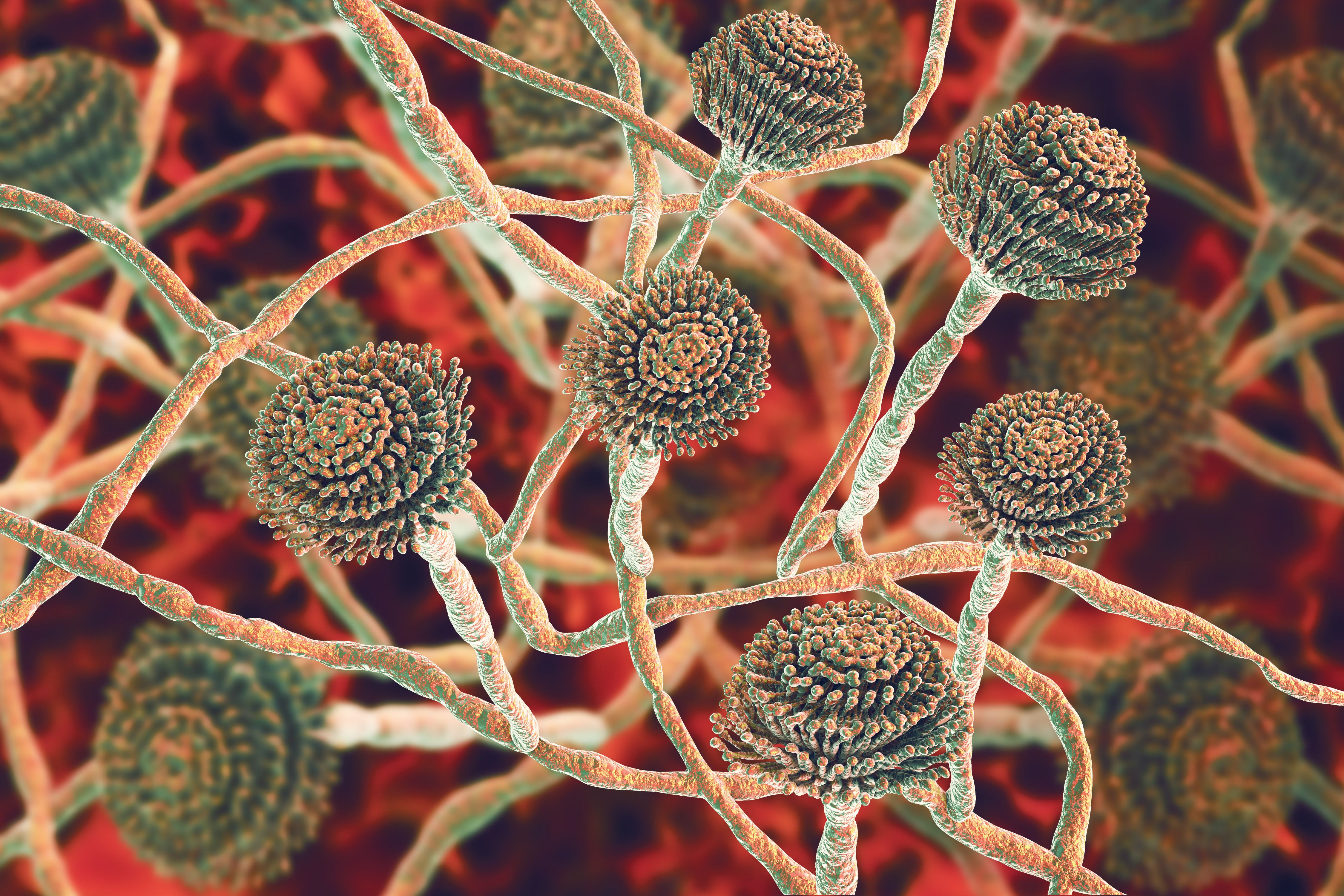Rates of Invasive Pulmonary Aspergillosis in ICU Patients With Influenza Far Lower Than Previously Thought
The study population comprised 224 patients admitted to the ICU with influenza, and the overall rate of IPA was 3.1% (7/224).
(Adobe Stock)

Despite recent studies identifying invasive pulmonary aspergillosis (IPA) as a common complication of severe influenza, even in hosts who are immunocompetent, a retrospective look at the last 9 influenza seasons at 1 healthcare center in the United States tells a different tale.
In a poster presented virtually at ID Week 2020, investigators at Northwestern University’s Feinberg School of Medicine determined the incidence of IPA among critically ill patients with influenza over multiple seasons and sought to track outcomes and hone in on predisposing risk factors.
Data were collected at a single healthcare center in Chicago, Illinois, across 9 influenza seasons (March 2009 – March 2018), and included patients > age 18 who were admitted to the intensive care unit (ICU) with respiratory distress and had a positive influenza polymerase chain reaction test.
Investigators relied on criteria from the European Organization for Research and Treatment of Cancer/Invasive Fungal Infections Cooperative Group and the National Institute of Allergy and Infectious Diseases Mycoses Study Group (EORTC/MSG) to define IPA, as well as the revised AspICU criteria.
The study population comprised 224 patients admitted to the ICU with influenza, and the overall rate of IPA was 3.1% (7/224). History of stem cell transplant was found to be a statistically significant risk factor for IPA (P = .015), with hematologic malignancy (P = .09), lung disease (P = .098), and obesity (P = .051) tending toward significance. Only 1 out of 7 patients with IPA was not immunosuppressed.
Length of hospital stay was significantly increased for patients with IPA (P = .046), but there was no significant difference in need for mechanical ventilation, renal replacement therapy, or death in these patients.
Other coinfections were common in these patients, with 31.3% bacterial, 7.6% viral, and 8.9% non-aspergillosis fungi infections reported.
“The incidence of IPA was significantly lower (3.1%) in our study over 9 influenza seasons than has been reported in similar studies,” investigators concluded. “History of stem cell transplant was a risk factor strongly associated with the development of IPA. IPA did not significantly predict morbidity and mortality among critically ill influenza patients.”
The poster, “Aspergillosis Complicating Severe Influenza in ICU Patients: A Retrospective Cohort Study,” was presented virtually at ID Week 2020.
